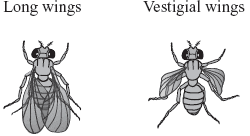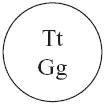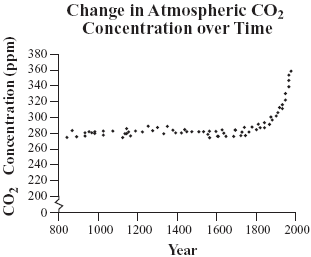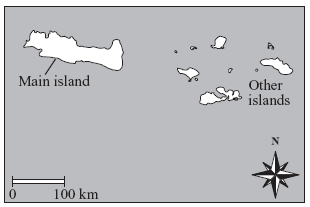Advertisement
Quiz: The Science MCAS Looms For Many Mass. 12th-Graders
According to state officials, more than 4,100 students have yet to pass the science MCAS test this year — a requirement for graduation for the first time. Sixty percent of these seniors are in special education, and another 12 percent are English-language learners.
This collection of Massachusetts students has one last chance to pass the science portion on Wednesday. There are less than two months to go before graduation.
To get a sense of what is asked on the test, the following are 10 sample questions from previous exams, posted by the Massachusetts Department of Elementary and Secondary Education.
Using the poll feature, see how your answers stack up against fellow readers. Answers are at the bottom of the page.
Biochemistry and Cell Biology
1. If an animal cell is placed in distilled water, it will swell and burst. The bursting of the cell is a result of which biological process?
Ecology
2. A builder is proposing a new housing development in an area of western Massachusetts. Construction of the housing development will destroy the wetland habitat in the area. Which of the following would be the most likely consequence of the wetland’s destruction?
Question 2online surveys
Genetics 3. In fruit flies, a single gene controls wing phenotype. The diagram to the right shows the phenotypes for long wings and vestigial wings in fruit flies.
3. In fruit flies, a single gene controls wing phenotype. The diagram to the right shows the phenotypes for long wings and vestigial wings in fruit flies.
Two fruit flies that have long wings are crossed. Of the 95 offspring produced, 73 have long wings. The other 22 have vestigial wings.
Which of the following conclusions about the inheritance of long wings and vestigial wings is best supported by the results of this experiment?
Biology 4. This diagram represents a cell. The letters in the diagram represent alleles for two different genetic traits.
4. This diagram represents a cell. The letters in the diagram represent alleles for two different genetic traits.
According to Mendel’s law of independent assortment, which of the following shows all of the allele combinations expected in gametes produced by this cell?
Evolution and Biodiversity
5. On the Galápagos Islands, finches adapted over time to different food sources through changes in their beak structure.
Which of the following most likely resulted from the finches’ beak structure adaptations?
Biochemistry and Cell Biology
6. A diagram of an organic molecule is shown.  Which element is found at the positions marked by the dots (•) in the molecule?
Which element is found at the positions marked by the dots (•) in the molecule?
Ecology
7. A graph of atmospheric carbon dioxide concentration over time is shown below.
Scientists are investigating the cause of the large increase in atmospheric carbon dioxide concentration since about 1800.
Which of the following provides the best explanation for the increase?
Genetics
8. A portion of one strand of a DNA molecule has the sequence shown below.
ACCTGAAGG
Assuming there are no mutations in this portion of the DNA, what is the corresponding sequence on the complementary DNA strand?
Evolution and Biodiversity
9. On island chains like the one shown below, animal populations that spread from the main island to the other islands can evolve into separate species.
Which of the following best explains what favors speciation in these situations?
Anatomy and Physiology
10. Which of the following is the best example of an organism maintaining homeostasis?
Answers:
1. C - osmosis
2. B - The populations of wetland animals would be unable to survive in that area.
3. C - The allele for long wings is dominant and the allele for vestigial wings is recessive.
4. C
5. B - an increased species diversity of finches
6. A - carbon
7. B - use of fossil fuels by humans
8. C - TGGACTTCC
9. C - The physical separation of the islands limits gene flow and interbreeding between the populations.
10. A - a wolf panting after a chase
All questions courtesy of MCAS. Material from the Associated Press was used in this report.